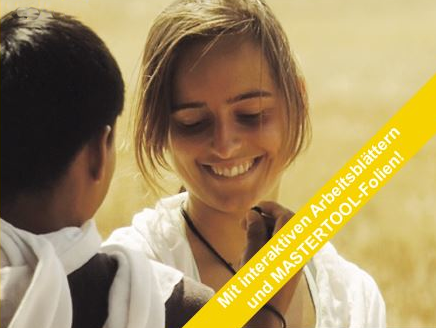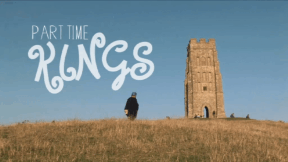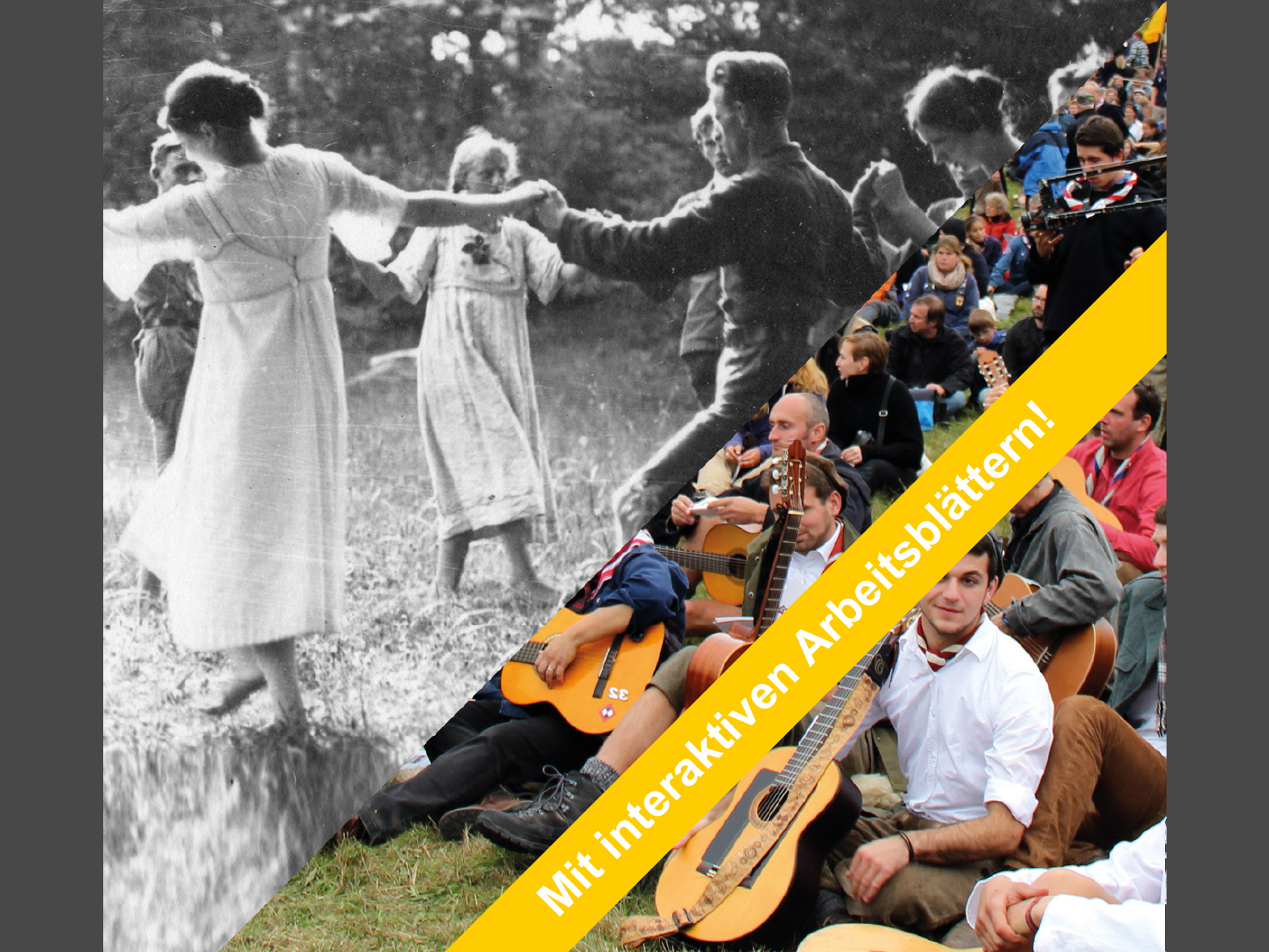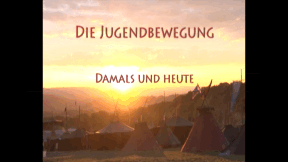 Biology, Primary School
Biology, Primary School
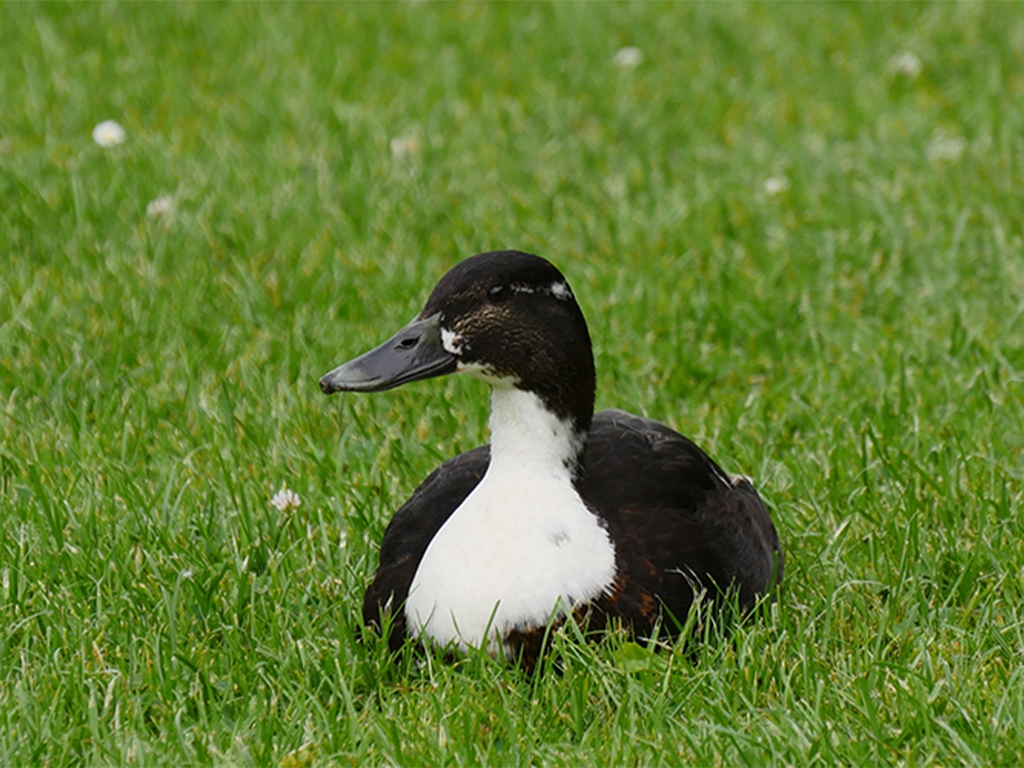

4675554 / 5563702
Ducks
Appearance, Behaviours, Species
Ducks are our best-known water birds. You can watch them on almost any large body of water. Although we come across them frequently, most of us know very little about the lives of ducks. But it is worth our while to look at them more closely.
Ducks, geese and swans, too, are counted among the family of Anatidae. But how is a duck distinguished from a goose or a swan?
Ducks are small in comparison to their relatives. Depending on the species, they are pigeon or chicken sized. Their necks are mostly shorter than those of swans or geese. The duck’s bill is broad and flat in many species. And often the males of the ducks – contrary to geese or swans – are gaudily coloured.

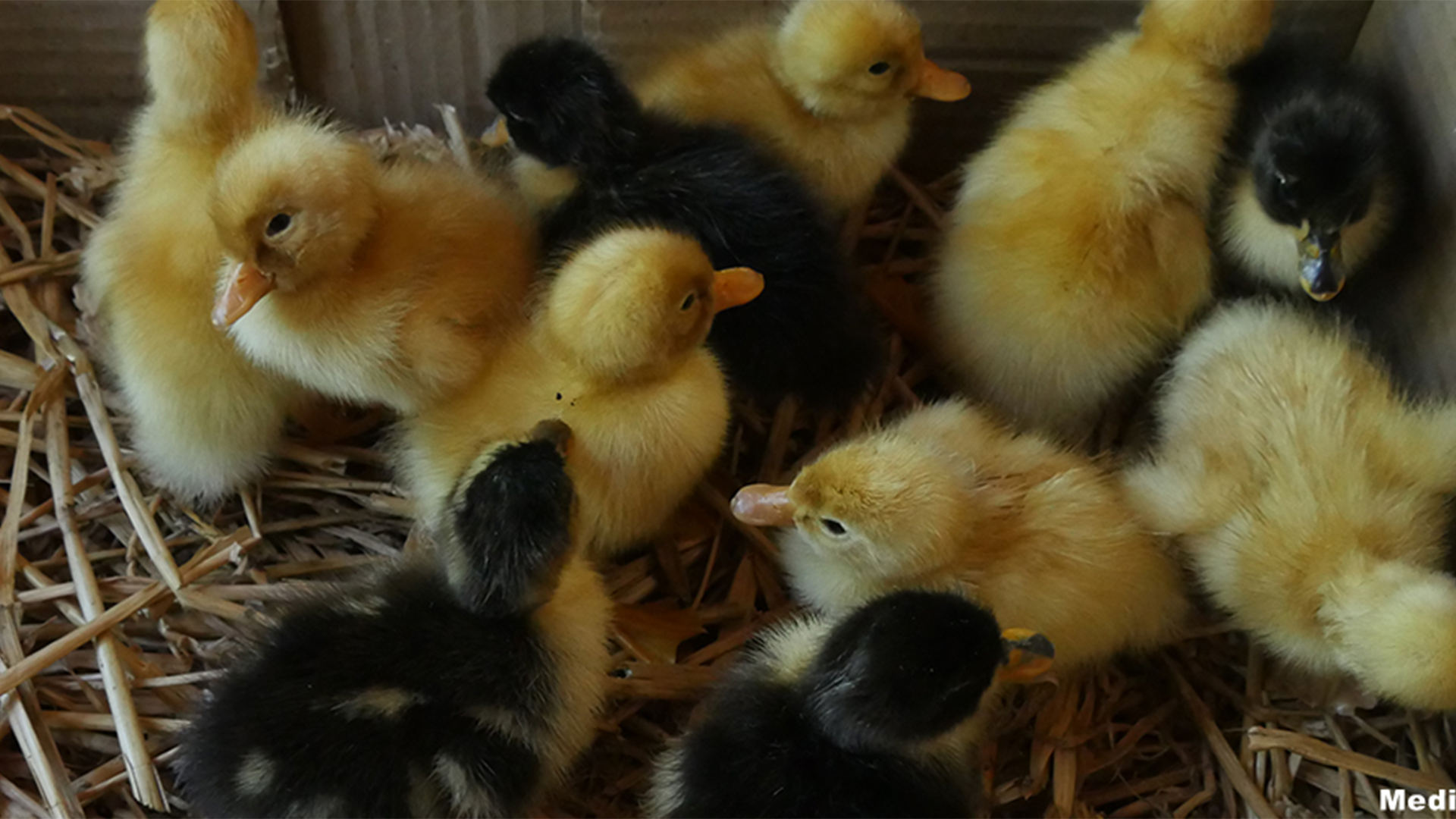
Curriculum-centred and oriented towards educational standards
Matching
Blogging
The weblog or blog, for short, as a medium is not much older than this century. Blogs came into being in the World Wide Web as ’messages from below’, as web pages from web creators who wanted to share their view of the world with the world. They are short notes, long texts, pictures, videos, which are posted loosely and at random intervals to the world for an undefined public.
Youth Movement
Dancing until your feet hurt: Here, at the meeting on the Hoher Meissner near Kassel, 3,500 participants from Boy Scout associations, youth and Wandervogel groups from all over the German-speaking region have gathered. They want to celebrate, simply get to know each other and commemorate a historic anniversary.




